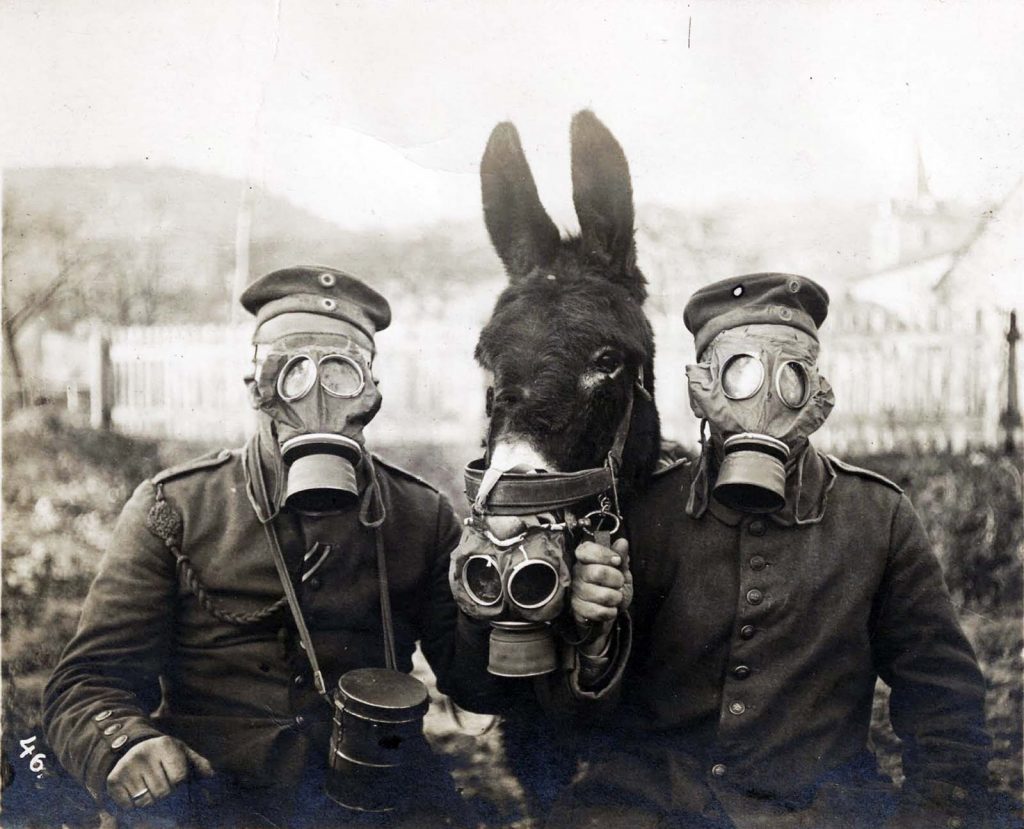By Akanimo Sampson
There is a fierce, but silent Liquefied Natural Gas (LNG) war between Vladimir Putin’s Russia and Donald Trump’s America. The war seems to be largely ignored by the mainstream American media, most likely because of their rejection of the hurricane Trump kind of politics.
The unrestrained American ‘aggression’ triggered the war. Those who know better say a growing US shale gas production sparked Russian efforts to lift her LNG exports. According to the International Group of Liquefied Natural Gas Importers (GIIGNL), American producers shipped 10.73 million tons of LNG to Japan, China and other Asian countries in 2018, closing in on Russia’s exports of 12.86 million tons to the region.
GIIGNL is however, concerned with providing its members with overviews of the general economic condition of the LNG industry and current, state-of-the art LNG technology, operations and best practices. This information enhances facility operations, diversifies contractual techniques, and supports industry positions with international agencies.
To this end, GIIGNL members share information about commercial and technical developments in LNG, including safety incidents at member facilities.
Activities of shared interest to GIIGNL members include: LNG purchasing, importing, processing, transportation, handling, re-gasification and uses of LNG around the world. GIIGNL does not exchange information on the economic activities of its members, their employees and host governments unless such information is available publicly, nor does it make recommendations for specific products and services.
In the mean time, Russia is busy boosting Arctic production of liquefied natural gas in a bid to counter growing competition from the US while looking to Asia’s major energy importers to buffer projects against Washington’s ire.
Nikkei Asian Review, an English-language publication that brings insights about business, finance, economic and political news, comments and analysis for Asia, says Russian gas producer Novatek agreed on June 29 to sell a 10% stake in its Arctic LNG 2 terminal to Japanese trading house Mitsui & Co. and state-owned Japan Oil, Gas and Metals National Corp.
Two Chinese companies — China National Oil and Gas Exploration and Development Corp. and China National Offshore Oil Corp. — have a 20% stake in the facility.
The terminal is scheduled to go online by 2023 and will supply Japan with 2 million tons of LNG annually — about one-tenth of the facility’s capacity.
Russia wants closer cooperation with Japan and China in developing natural gas reserves, and establishing more buyers in Asia will help insulate its companies against additional Western sanctions.
A senior Fellow and Director of the Energy, Economics and Security programme at the Center for a New American Security, a Washington-based think tank, Elizabeth Rosenberg, said “US sanctions against Russia are likely to expand this year and many international investors, particularly in the West, are watching developments closely so they are not caught up in the new sanctions measures.’’
The US has already threatened sanctions on the Nord Stream 2 natural gas pipeline currently under construction in Europe, saying it increases the region’s energy dependence on Russia.
An analyst at Raiffeisen Bank in Moscow, Andrey Polishchuk, said that threat makes the turn to Asia more urgent. “Securing sales in Japan is very significant for Russia, and lower liquefaction costs in colder regions will make Russia’s Arctic gas competitive. The fact that companies have been able to attract investment, regardless of whether or not there are sanctions, shows the optimism about these projects,’’ he said.
Days before the announcement of the Japanese stake in Arctic LNG 2, Novatek shipped its first gas to Japan from the Yamal LNG terminal, which launched in 2017. An LNG transshipment terminal scheduled for construction on Russia’s Kamchatka Peninsula will enable the company to supply more LNG to Japan, Novatek Chairman, Leonid Mikhelson, said.
Russia aims to increase LNG output about five-fold to more than 120 million tons by 2035. Development of its Arctic reserves is key to this goal. The Asia-Pacific region will receive about 70 per cent of production, with shipments planned via the Northern Sea route.
To support the increased exports, the public and private sectors will spend more than one trillion yen ($9.21 billion) on nuclear-powered icebreakers by 2024, since the route is ice free only a few months a year.
The US is also going on the offensive in Europe, where Russian gas transmitted via pipeline accounts for more than 30% of the market. Washington signed a long-term LNG sales agreement with Poland in 2018.
The status of Russia’s Arctic producers was greatly complicated by the country’s 2014 military intervention in Ukraine, after which Washington and European countries imposed sanctions that cut some projects off from Western capital.
While Japanese and Chinese companies have continued to invest in the sector, that investment could be put at risk if Russia’s projects get wrapped up in additional sanctions, according to CNAS’ Rosenberg. “For a capital-intensive project that will only produce profit in the medium and long term, such as a major energy infrastructure project, that could represent a painful loss’’, she said.
Despite that risk, the Yamal LNG project was completed without a hitch, thanks to a 30% stake from Chinese companies.
Since China has become the world’s second-biggest LNG importer behind Japan as it shifts away from coal to cut air pollution, the stake in Russian LNG is being seen as part of its efforts to diversify energy sources and establish a presence in the Arctic Sea amid the trade war with the US.
According to Raiffeisen’s Polishchuk, it is unlikely that Russian companies could totally avoid sanctions just by bringing in a Japanese company like Mitsui. But even with sanctions in place, Russian projects have been able to attract funding from Japan and other countries, which indicates the value of the projects. ‘’For investors, sanctions are really of secondary importance,’’ he said.

